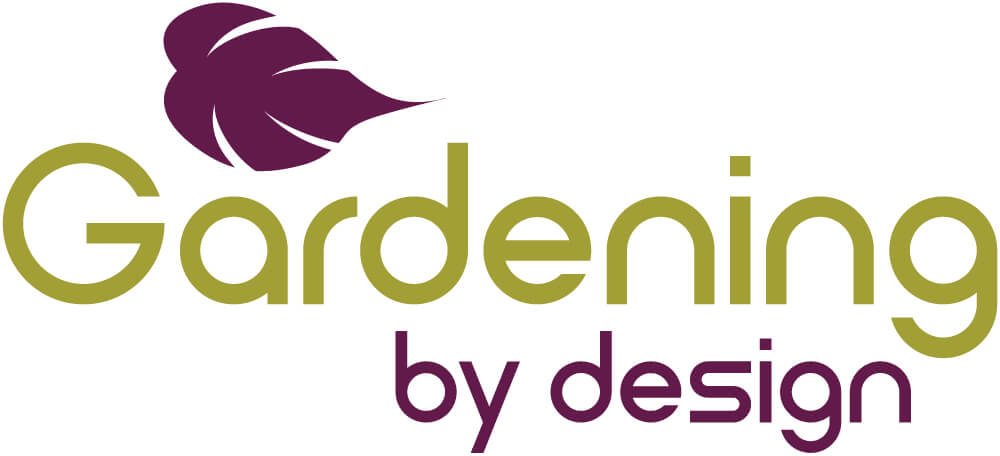Hedge your bets
There have been plenty of horror stories about monster Leyland Cypress hedges but what are the other choices of hedging plant for a domestic garden? I should point out here that Leylandii can be used perfectly well as long as the hedge is trimmed regularly (annually) from the start. However there are many alternatives to consider on aesthetic, wildlife or maintenance grounds.

The first question, as always when you start to choose plants, is What do I want my hedge to look like? Conifer hedges are generally formal and neatly clipped, deciduous choices like Beech (pictured) and Hornbeam are also traditional and give a very structured feel. Less traditional hedging plants can be used for an informal hedge that is not regularly clipped, including flowering shrubs such as Roses, hardy Fuchsia or Abelia.
Your hedge does not even have to be green. There are options for grey and golden conifers, including Yew. Beech has a purple leaved form, sometimes referred to as Copper Beech, and many evergreens have variegated leaves, including Elaeagnus, Holly and for a lower hedge, Euonymus.
Remember that not all plants thrive in all situations so assess your soil and in particular its ability to drain. Heavy clay soil is common around here and unless improved with copious quantities of organic matter will be too wet for some hedging plants in winter. Both Yew and Beech are better suited to free draining soils but Hornbeam will thrive in wet ground. If your hedge doubles as a windbreak then make sure it will withstand freezing winds. Native trees are a good choice in this case as they have evolved for our climate. A ‘native mixed hedge’ gives a variety of deciduous and evergreen foliage as well as being a valuable habitat and food source for wildlife.
Winter is an ideal time to plant a new hedge avoiding frosty weather of course, tough on the plants and the gardener! In the dormant period you can buy young ‘field grown’ stock that is lifted and sold as Bare Root or Rootballed, basically indicating whether is soil around the roots or not. These are cheaper than Pot Grown plants that take more space and attention to grow on but choice is limited to the (usually native) trees most commonly used for hedging.
The banner photograph shows fabulously crafted hedges at the privately owned garden The Veddw in Wales. Check their website for more information on this imaginative garden and details of opening to the public.
Happy Gardening in 2020 from Alison
Sign up to my free monthly newsletter to receive blog, video tips and seasonal articles direct to your in-box and make the most of your garden this year.

